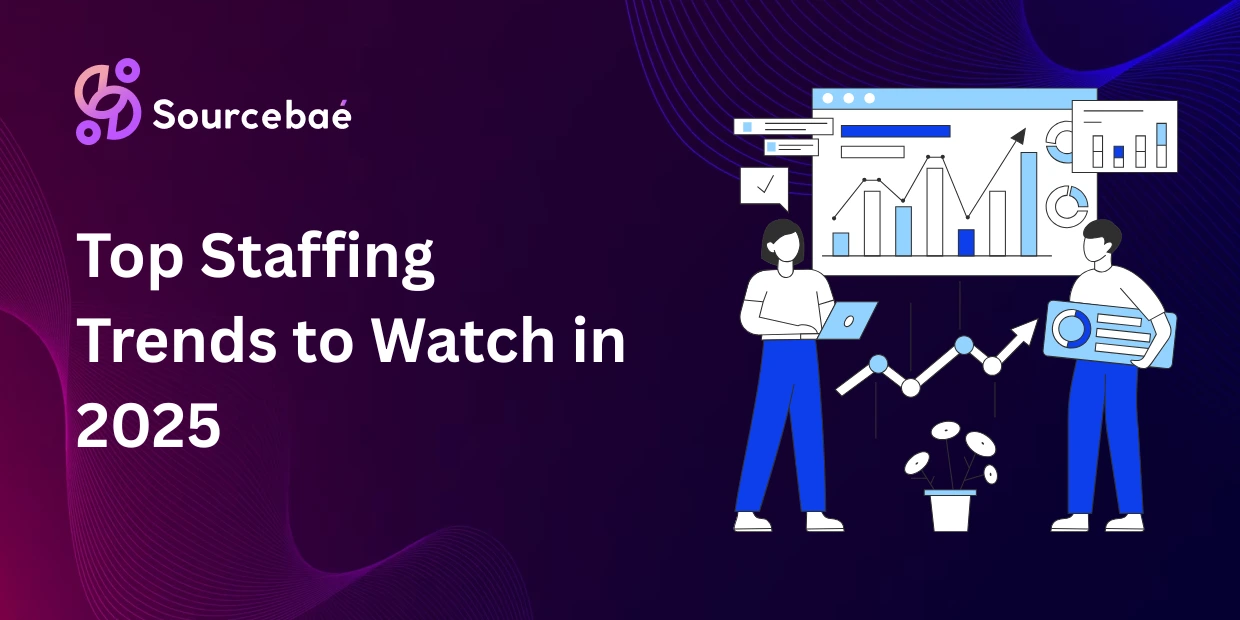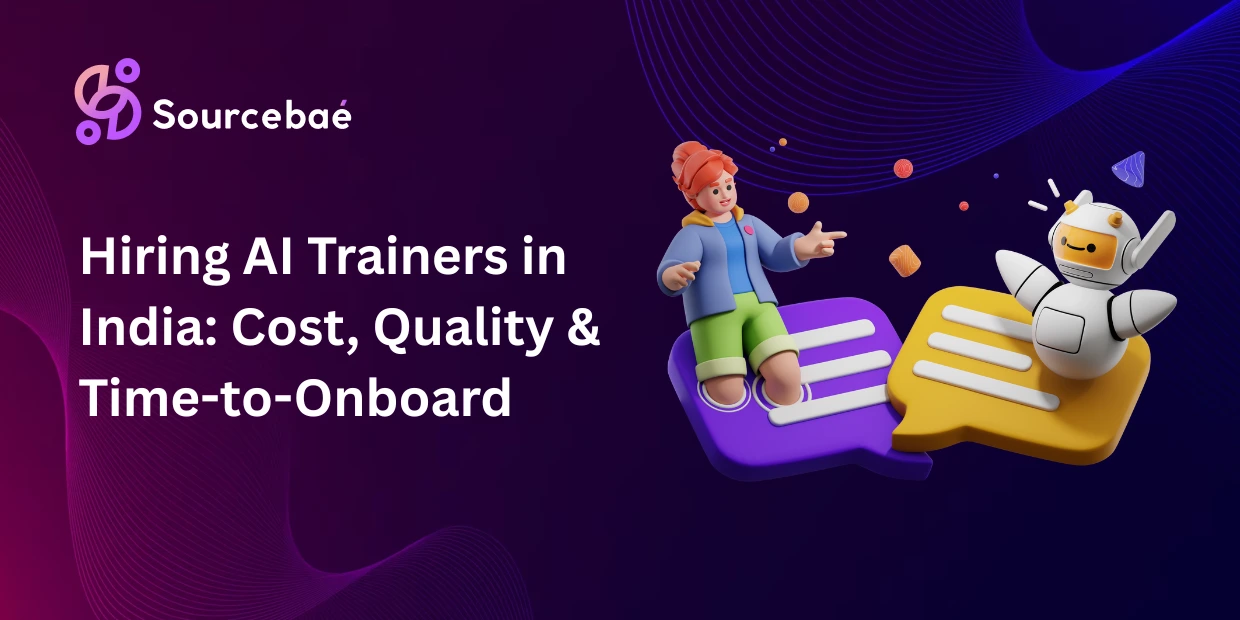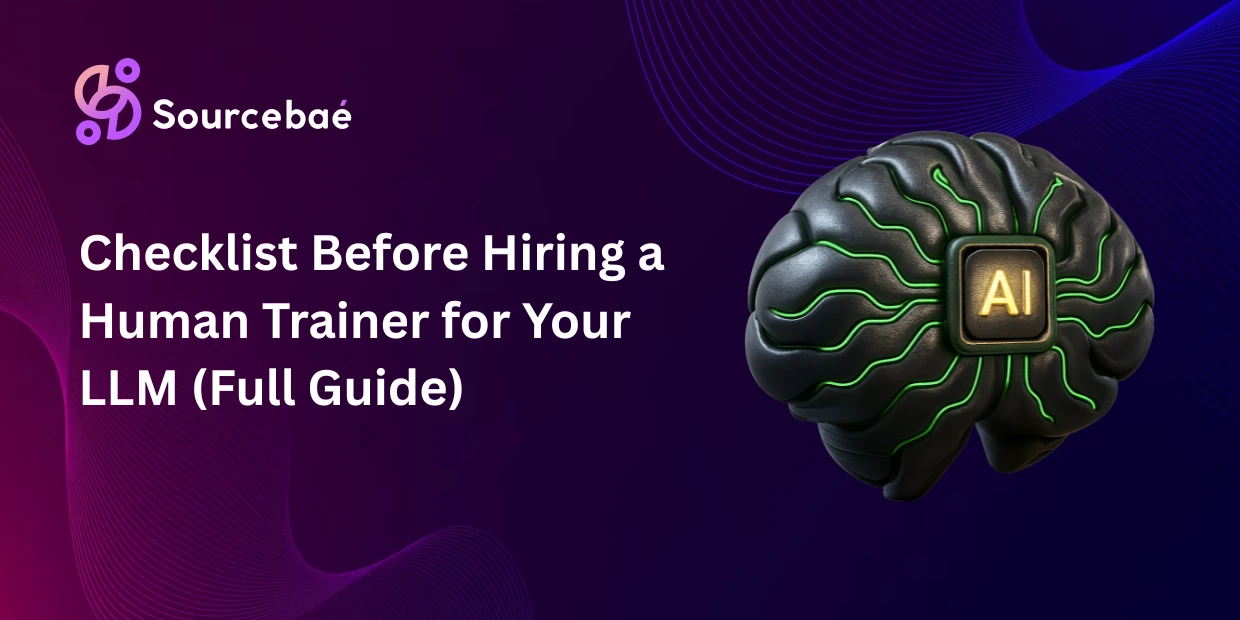The staffing industry is experiencing a significant transformation as we move through 2025. With the global staffing market projected to reach $650 billion, marking a 5% growth from the previous year1, organizations are adapting to new technologies, evolving workforce expectations, and changing business dynamics. Here are the most important staffing trends shaping the industry this year.
AI-Powered Recruitment Takes Center Stage
Artificial intelligence has moved from experimental technology to an essential partner in staffing operations. 97% of staffing firms anticipate growth in 20252, with many leveraging AI to gain competitive advantages. According to the Society for Human Resource Management (SHRM), AI-powered recruitment systems can reduce time-to-hire by an average of 40%3, representing a significant improvement from the 30% reported in previous years.
AI is enhancing various aspects of the recruitment process including resume screening and candidate matching, chatbots for employee queries, predictive analytics for workforce planning, and automated performance management4.
Firms using AI for tasks like résumé screening, predictive hiring, and engagement have seen a 30% improvement in time-to-hire compared to firms relying on traditional processes5. Research also shows that AI-enabled firms report 50% higher placement quality, with candidates better matching job requirements and organizational culture5.
However, the focus in 2025 is on ensuring these tools promote equity. 75% of large enterprises will adopt AI hiring tools with built-in bias mitigation capabilities by the end of the year6, including blind screening technologies to anonymize resumes and reduce unconscious bias, and diversity analytics platforms that provide real-time insights into hiring patterns6.
Skills-Based Hiring Becomes the New Standard
One of the most significant shifts in 2025 is that employers are replacing traditional credential-based hiring with skills-focused recruitment. 90% of companies report fewer hiring mistakes when hiring based on skills rather than credentials, and 94% find that skills-based hires outperform those hired based on degrees, certifications or years of experience7.
This approach addresses critical business needs, as the World Economic Forum reports that by 2030, nearly 1 billion workers will need to reskill due to shifts in technology and industry demands8.
Hiring for skills is five times more predictive of job performance than hiring based on education and twice as predictive compared to relying on work experience9. Additionally, this approach improves retention, with employees without degrees staying 34% longer than those with them9.
Major companies like Google and IBM are leading this transformation. Google shifted to skill-based hiring to address labor market skill gaps, while IBM created apprenticeship programs that emphasize skill-building over formal education requirements9.
The trend is also expanding access to opportunities – 46% of middle-skill and 31% of high-skill job postings reduced degree requirements over the past five years6.
Remote and Hybrid Work Models Reshape Staffing Strategies
The shift to flexible work arrangements continues to be a defining trend in 2025. 71% of U.S. companies have adopted some form of remote work permanently, with only 8% returning fully to office settings10.
By 2025, hybrid arrangements—where employees split their time between home and the office—are expected to dominate10.
Remote staffing solutions have become essential for businesses aiming to stay competitive. Companies can reduce operational costs by up to 30% by hiring virtual employees, eliminating the need for physical office spaces11.
This approach also provides access to global talent pools, with remote and hybrid work environments increasing workforce diversity by 17% on average6.
The gig economy is experiencing particularly strong growth in remote work sectors. Gig workers are expected to make up nearly 50% of the U.S. workforce by 202512, with industries such as IT, finance, healthcare, and marketing seeing an increase in contract-based work12.
In India, the gig workforce is expected to grow by an additional 9 to 11 million by 202513.
Technology Integration Drives Staffing Innovation
Beyond AI, several technological trends are transforming staffing operations in 2025. Staffing firms that utilize compliance automation tools like AviontéBOLD or Compli HR reduce regulatory errors by up to 65%, saving an average of $2 million annually5.
The integration of artificial intelligence and automation is streamlining workflows, enhancing productivity, and supporting remote collaboration14.
50% of companies are using AI for skill assessments and 36% for resume screening, boosting efficiency and diversity15. Specific sectors are driving this technology adoption—IT services companies are projecting a 20–25% increase in new hires, highlighting their growing need for expertise in cloud computing, data engineering, and software development.16.
Enhanced Focus on Diversity, Equity, and Inclusion
Despite external challenges, inclusive hiring remains a strategic imperative for 2025. 77% of talent professionals consider DEI a critical component of hiring strategy6, with companies recognizing that diverse teams consistently outperform their less diverse counterparts.
Companies in the top quartile for ethnic and cultural diversity on executive teams were 36% more likely to outperform on profitability6.
Key trends in inclusive hiring for 2025 include AI-powered hiring with bias mitigation, skills-based hiring over credentials, flexible work as a DEI strategy, and a focus on neurodiversity6.
Organizations with neurodiversity programs report 30% higher productivity and innovation6. 86% of job seekers consider a company’s DEI commitment when deciding where to apply6.
Employee Experience and Well-Being Take Priority
The focus on employee experience continues to intensify in 2025. Companies that invest in employee experience are 4x more profitable than those that do not17. 48% of employees surveyed are being asked for feedback more frequently than once a year, up from only 35% last year18.
Key trends include comprehensive employee onboarding strategies, with companies with well-organized onboarding improving new hire retention by 82% and productivity by over 70%17.
There’s also an increased emphasis on supporting employees through enhanced systems and processes, with 38% of employees feeling pressure from their employers to increase productivity17.
Young employees (18-24 years old) are the most engaged and optimistic of all age groups, with over 10% higher perceptions than other ages for work exceeding expectations and feeling empowered to challenge the status quo18.
However, they need purpose and career growth to stay, requiring companies to invest in learning, development, and clear career paths19.
Healthcare and Specialized Sectors Drive Growth
Certain sectors are experiencing particularly strong growth in staffing demand. The healthcare sector continues to see rising demand, with healthcare organizations needing smarter strategies to attract talent due to an aging population and higher care needs pushing healthcare systems to hire more while the available talent pool remains limited20.
The travel nurse segment will likely decline by another 20 percent in 2025, pushing many staffing agencies that heavily relied on Managed Service Providers (MSPs) to diversify their revenue streams.20.
However, healthcare providers are hiring more Nurse Practitioners (NPs), Physician Assistants (PAs), and telehealth experts as these professionals offer flexible care models and cost-effective solutions20.
Cybersecurity and Technology Roles in High Demand
Cybersecurity ranked the highest among areas in which CIOs expected increased investment, cited by 80% in a Gartner survey of over 2,450 CIOs21.
This is driven by cyberattacks increasing significantly in both frequency and complexity over the last two years21. The cybersecurity workforce alone is projected to grow by 31% from 2019 to 2029 globally10.
Technology-related roles are the fastest-growing jobs in percentage terms, including Big Data Specialists, Fintech Engineers, AI and Machine Learning Specialists and Software and Application Developers22.
Green and energy transition roles, including Autonomous and Electric Vehicle Specialists, Environmental Engineers, and Renewable Energy Engineers, also feature within the top fastest-growing roles22.
Global Market Expansion and Regional Insights
The global staffing landscape shows varied regional performance. The Americas staffing market is forecasted to contract by 9% in 2024, with revenues declining to $207.6 billion, but growth of 5% is expected in 2025, bringing the market to $198.3 billion1. Major contributors like the United States, Japan, and the United Kingdom generate over 50% of global staffing revenues1.
In contrast, 17 countries with staffing revenues exceeding $6 billion accounted for 89% of the global market in 2024, with 11 countries in EMEA, emphasizing the region’s stronghold in the global recruitment industry1. India’s job market shows particular promise, with a 9.75% hiring intent for the fiscal year 2025-26, driven by a combination of replacement needs and new roles15.
Preparing for the Future
As organizations navigate these trends, successful staffing strategies in 2025 will require embracing technology while maintaining the human touch, focusing on skills over traditional credentials, creating inclusive and flexible work environments, and investing in employee experience and well-being.
The staffing industry’s 97% growth optimism2 reflects confidence that organizations adapting to these trends will thrive in the evolving marketplace.
The transformation of the staffing industry in 2025 represents both challenges and opportunities. Organizations that proactively embrace these trends—by integrating AI, hiring based on skills, offering flexible work models, and enhancing employee experiences—position themselves to attract top talent and drive sustainable growth in an increasingly competitive landscape.






